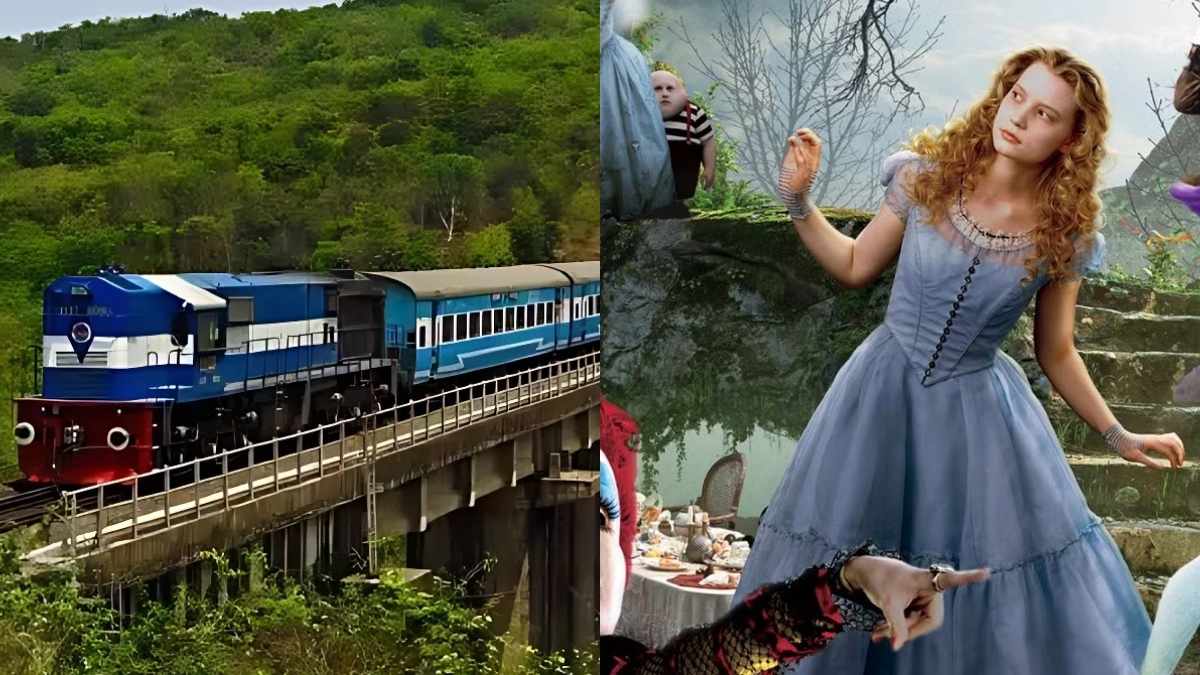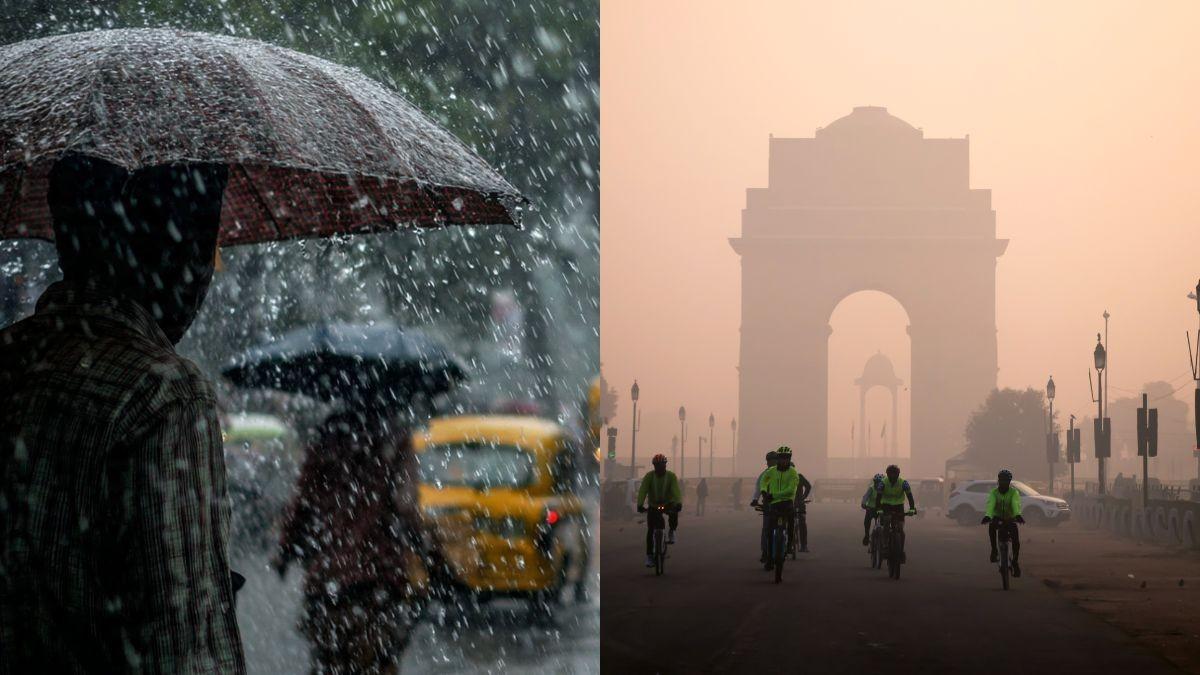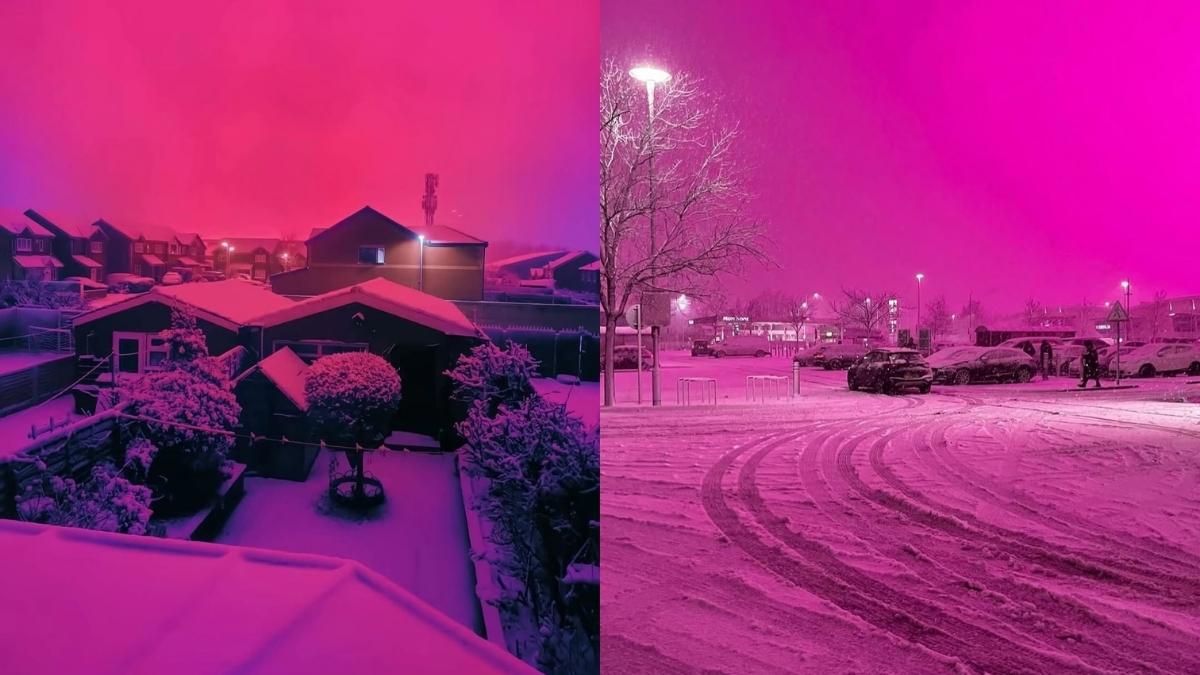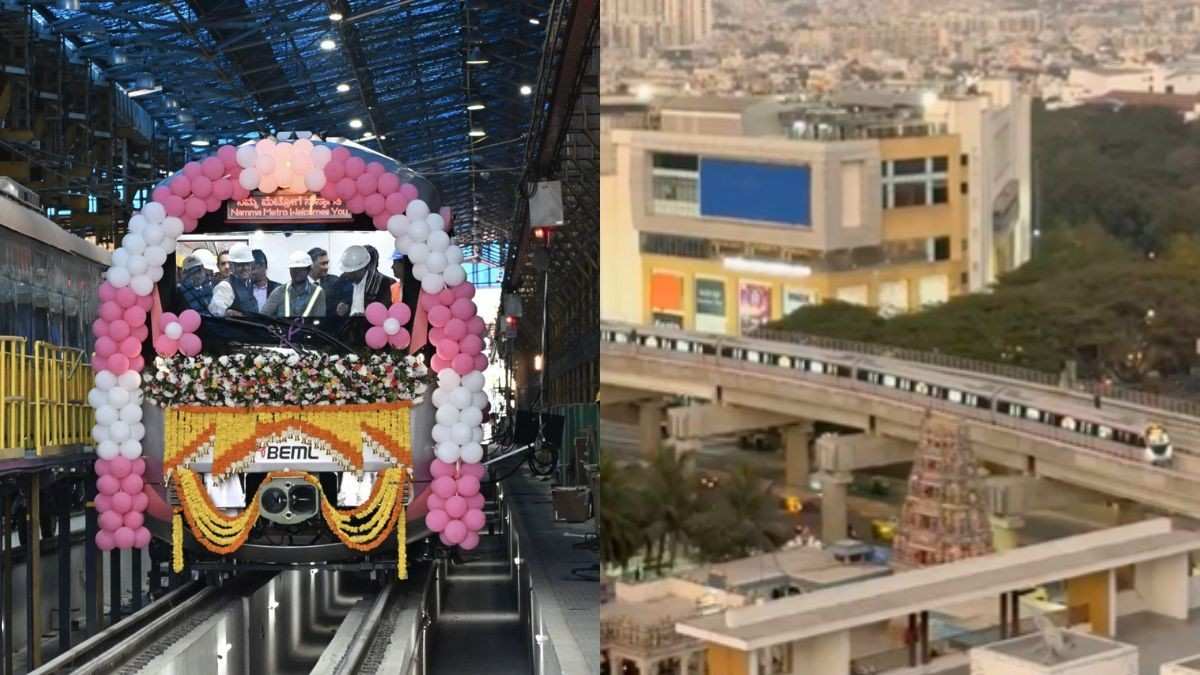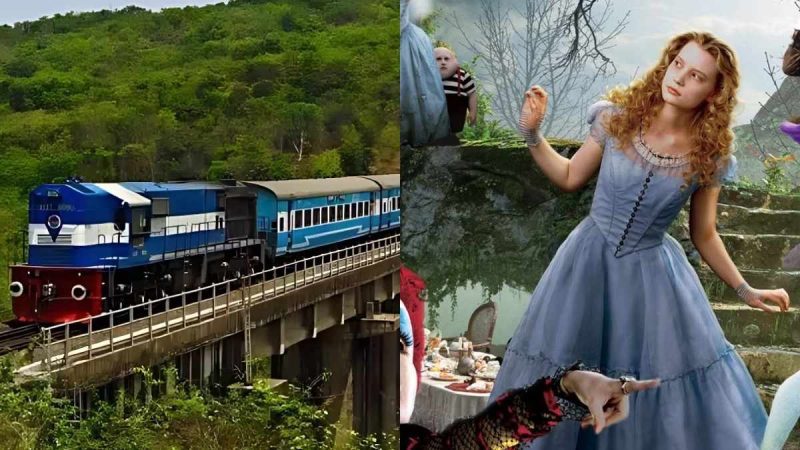It began as nothing more than a routine click. A content creator (@riachops) logged on to the IRCTC portal, filled everything out, chose the preferred seat, scanned the familiar QR code to make the payment, and waited for the link to open. However, the QR code she scanned was a dummy one that didn’t open a payment link but a portal to a fairyland.
IRCTC Website Gives Way For Wonderland Imagination
View this post on Instagram
What she saw next was not a UPI payment link but two curious words: “’Twas brillig.” The phrase looked ancient and deliberate, almost like it didn’t belong in the sterile world of railway bookings. And it didn’t! But it was not a glitch.
Curious to make sense of the odd phrase, the creator turned it into a reel, splicing the IRCTC screen with verses from Jabberwocky. Yes, those words belong to Jabberwocky, Lewis Carroll’s celebrated nonsense poem, embedded like a puzzle inside his 1871 book Through the Looking-Glass, the whimsical sequel to Alice’s Adventures in Wonderland, as said by the creator.
The poem opens with that peculiar incantation: “’Twas brillig, and the slithy toves / Did gyre and gimble in the wabe…” From the first line, Carroll throws readers into a language that dances on the edge of meaning, full of invented words that sound strange yet oddly familiar. The creator’s reel felt like finding a mystery novel’s killer and feeling that bout of satisfaction after you have done it.
In Alice’s story, the stanza first appears written backward, only legible when held to a mirror, a sly trick by Carroll, reminding us that the Looking-Glass world is a place where rules flip, logic stumbles, and sense is made from nonsense.
Our modern reader, the content creator, amused and intrigued, decided to look deeper. She discovered that “brillig” was no random flourish. According to Humpty Dumpty, Carroll’s resident word-explainer, it means “four o’clock in the afternoon, the time when you begin broiling things for dinner.”
Alice In Wonderland References
What feels like elaborate world-building actually began as a family amusement. Carroll, then Charles Dodgson, scribbled these nonsense lines in a private journal called Mischmasch in 1855. Sixteen years later, they re-emerged in Through the Looking-Glass, where they became something bigger! They were not just playful verse but a satire of academic stiffness and a celebration of language unshackled from dictionary definitions.
That’s why the words on the IRCTC screen hit differently. A nonsense poem about hybrid creatures and spinning verbs suddenly intruding on a railway booking page felt like a wink from another realm. Almost as if Carroll himself had slipped his mischievous riddle into the machinery of modern travel, whispering: don’t let the everyday swallow your sense of wonder.
Also Read: 10 Fastest Trains In The World For Those Who Feel The Need For Speed
The girl laughed quietly at the absurdity of it. On a day meant for train schedules and departure boards, she had stumbled onto a Looking-Glass portal. For a brief moment, the dull edges of the real world blurred, and she was reminded that language, even at its most nonsensical, can open doors to enchantment, if only we stop to read it twice.
Cover Image Courtesy: ministryofrailways/CanvaPro and waltdisneyproductions
For more such snackable content, interesting discoveries and the latest updates on food, travel and experiences in your city, download the Curly Tales App. Download HERE. First Published: September 08, 2025 1:09 PM
